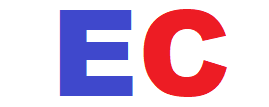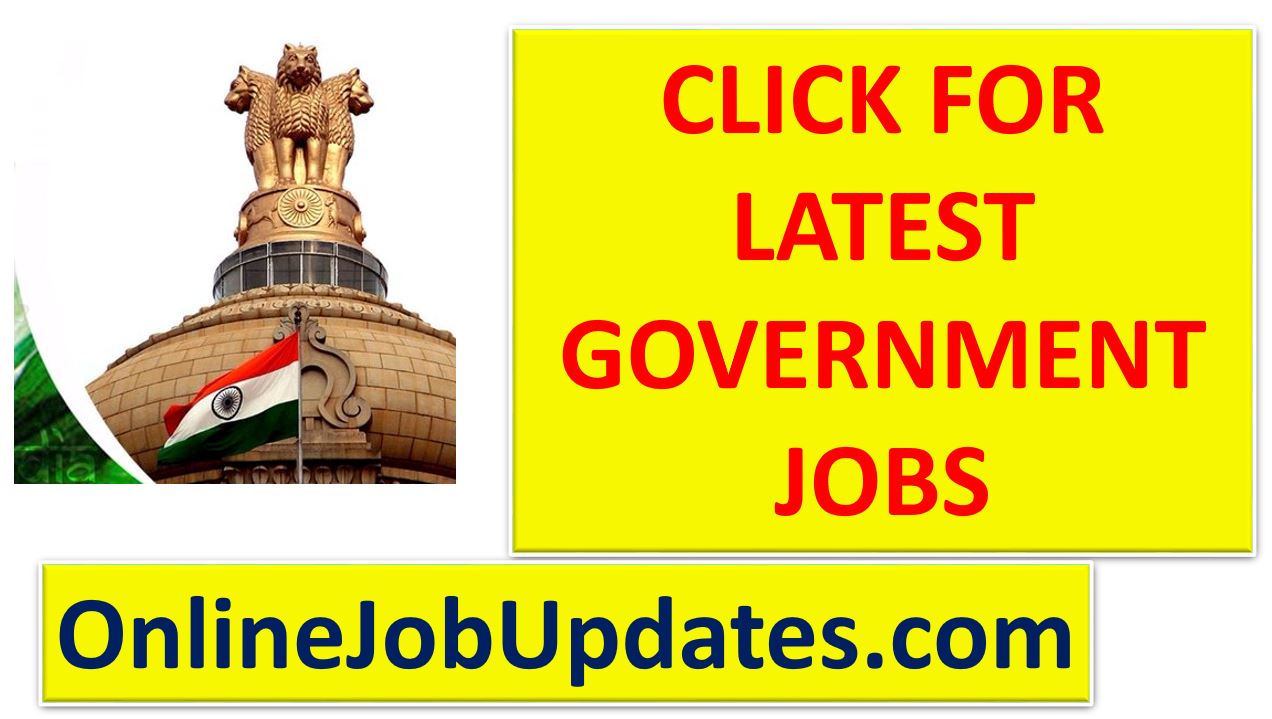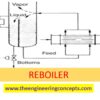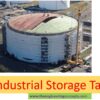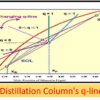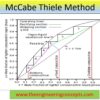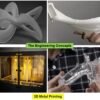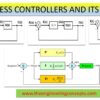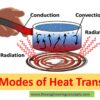Feedforward Vs Feedback Control
Feedback Control
Feedback Control is considered as an important technique widely used in around all process industries.

Its main advantages are as follows.
- As the controlled variable/control objective deviates from the set point, corrective action taken very instant; irrespective of source and type of disturbances.
- Feedback is reactive in nature.
- Here, Corrective action taken by the controller occurs after the disturbance observed in the output.
- Minimal knowledge requires about the processed to be controlled, helpful in control system design.
- The ubiquitous PID controller is both versatile and robust. If process conditions change, retuning the controller usually produces satisfactory control.
However, feedback control also has certain inherent disadvantages:
- No corrective action is taken until after a deviation in the controlled variable occurs. Thus, perfect control, where the
controlled variable does not deviate from the set point during disturbance or set-point changes, is theoretically impossible. - Feedback control does not provide predictive control action to compensate for the effects of known or measurable
disturbances. - It may not be satisfactory for processes with large time constants and/or long time delays. If large and frequent
disturbances occur, the process may operate continuously in a transient state and never attain the desired steady state. - In some situations, the controlled variable cannot be measured on-line, and, consequently, feedback control is not
feasible.
Feedforward Vs Feedback control Images
Feedforward control

Feedback control

Let’s talk about Feedforward Control
Feedback control also has certain inherent disadvantages:
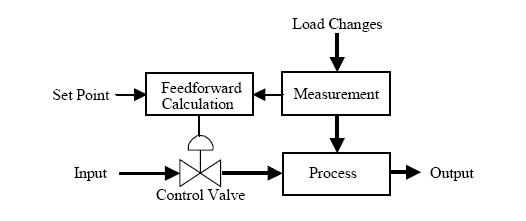
- No corrective action is taken until after a deviation in the controlled variable occurs. Thus, perfect control, where the controlled variable does not deviate from the set point during disturbance or set-point changes, is theoretically impossible.
- Corrective action taken before the actual disturbance occurs on the output.
- Feedback control does not provide predictive control action to compensate for the effects of known or measurable disturbances.
- It may not be satisfactory for processes with large time constants and/or long time delays. If large and frequent disturbances occur, the process may operate continuously in a transient state and never attain the desired steady state.
- In some situations, the controlled variable cannot be measured on-line, and, consequently, feedback control is not feasible.
ImageSource : ResearchGate; Instrumentation Forum
ArticleSource : sites.chemengr.ucsb.edu;
Also Read:
Liquid Level Flow Control Loop
Heat Exchanger Temperature Control
Piping and Instrumentation Diagram – P&ID
How to choose betwwen PLC and DCS systems for process industries ?
What is the Difference Between HMI and SCADA?
What is SCADA ? How does SCADA Works?
What is Programmable Logic Controller / PLC ?
What is Distributed Control Systems (DCS) ?
